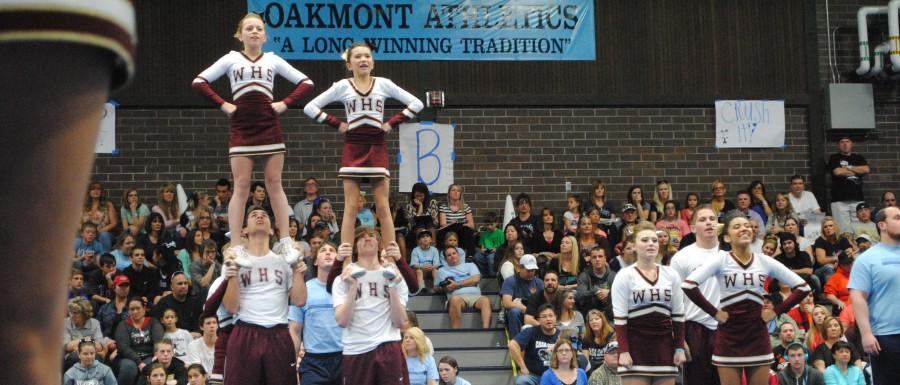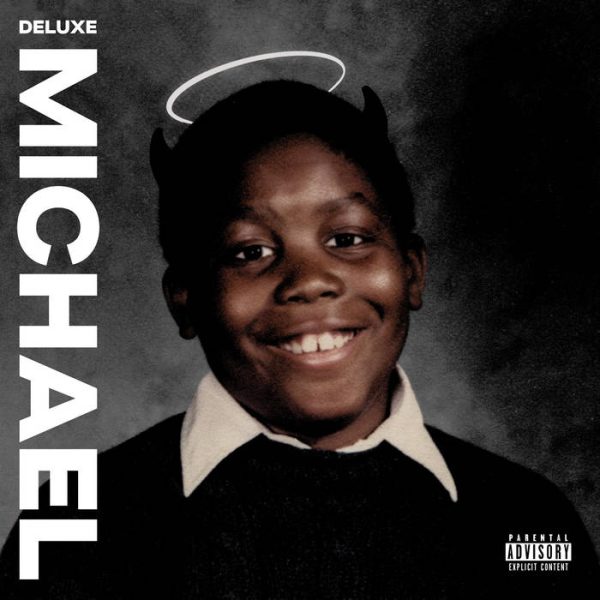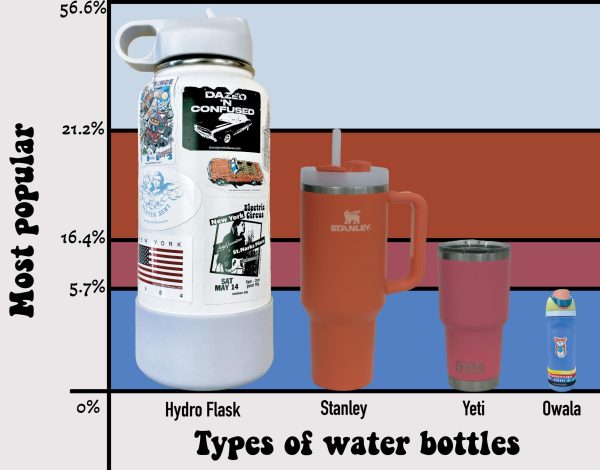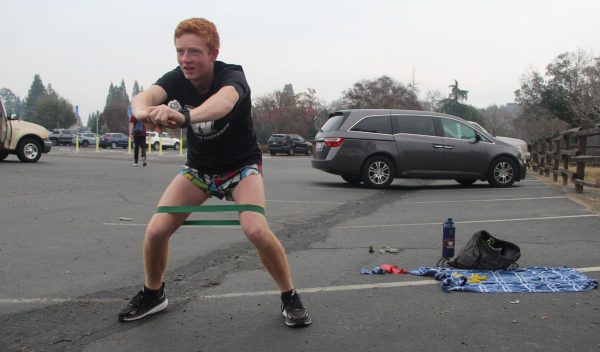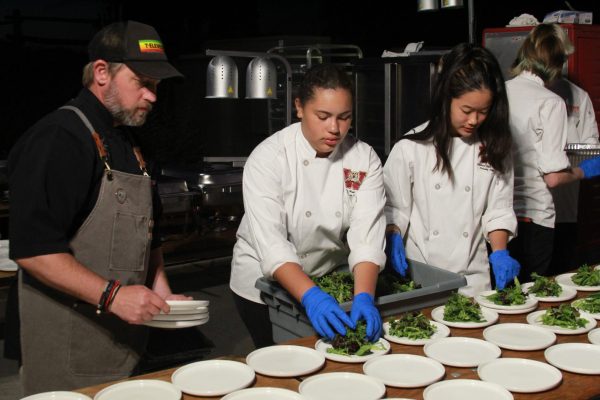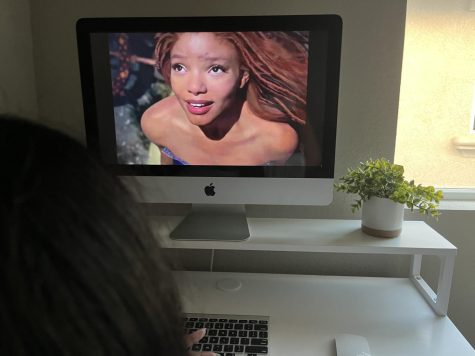Underestimated Athletes: Why cheerleading deserves the title “sport”
Jumping, flipping, throwing some of the most athletic bodies in the world over 10 feet in the air on a live broadcast by ESPN―yet cheerleading isn’t considered a sport.
Cheerleading dates back to 1898, when a University of Minnesota losing streak in football led to the formation of an all-male pep club. The “Rah Rah Sis Boom Bah” chant that cheerleading is identified with was accurate to this era, but is an immense misrepresentation of cheerleading today.
Of course sideline cheer still exists today, but a much more intense adaptation of cheerleading emerged almost a century later in the 1980’s, gaining rapid popularity moving into the 90’s.
All-star cheerleading takes the basic aspects and fundamentals of sideline cheer and amplifies them, adding multi-level competition among hundreds of teams nationally, and thousands worldwide.
The key word here is “competition.” Competition is what makes football, basketball, baseball, soccer, and all the other internationally-recognized sports, well, a sport.
Sport Accord, the organization that encompasses all international sports federations, uses four criteria to determine whether an activity is an actual sport: all “sports” must have an element of competition, be of no harm to any living creature, not rely on equipment provided by a single supplier, and not rely on any “luck” element specifically designed into the sport.
This being the closest universal agreement to the definition of a sport, cheerleading flawlessly fits all four criteria to be right up there with the other hundreds of qualifiers.
The first requirement, competition, is a given. All-star and even some recreational or school cheerleaders compete all over the country against other teams in a variety of competitions, the most prestigious being the USASF Worlds. Competitions divide teams by levels one through six, based on the skill set of each team. Every year, the very best level five and six teams from all over the world get paid bids to compete against each other at Disney World in Orlando, Florida. An international competition is the biggest it gets, for any sport.
The next three criteria are a little flimsy, but cheerleading still doesn’t fail to make the cut.
Cheerleading definitely doesn’t directly affect any aspect of animals’ lives, and neither does the equipment production. It’s as simple as that.
Cheerleading equipment, which is pretty much just foam mats on top of a spring floor, can be obtained from several quality manufacturers, although some may be preferred over the others.
Lastly, in order to be considered a sport, an intended component of luck cannot interfere with the activity. This one could be easily misinterpreted, because competitions itself are ultimately decided by luck. A team could hit their routine 100 times over in practice perfectly, but then drop stunts or bust tumbling when they get out onto the mat. Practice doesn’t ensure perfection by any means.
Despite this reality, there is no specific cause for the good or bad luck that teams face on stage. It’s just a part of cheer, and a part of life really.
Although cheerleading fits the technical definition of the sport, realistically, most people don’t regard those rules. When you think of a sport, you think of the physical aspects of it.
If you haven’t cheered, you wouldn’t know how harsh it is on your body. Conditioning is vital to being a successful cheerleader. Your body must be in tip-top shape in order to survive a two and a half minute jam-packed routine. From my six years of cheerleading experience, I can attest that it is significantly more physically demanding than any other sport that I’ve ever played.
So for all the critics and doubters out there, come to one of our practices, come stunt and tumble with us, come do a brutal workout with us, and then tell me that cheerleading isn’t a sport. I can guarantee that you won’t be able to say it.
by RYLEA GILLIS

